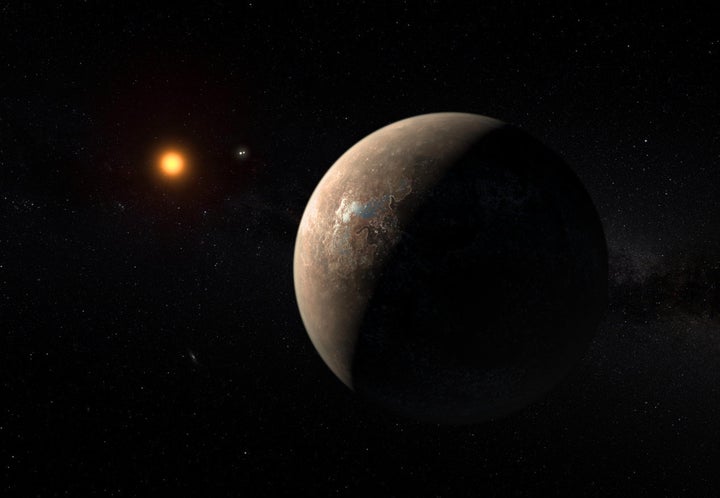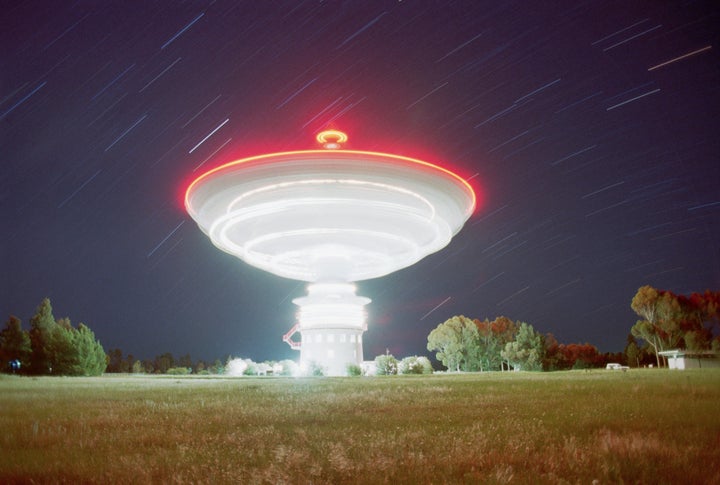
Scientists in Australia are aiming a huge dish telescope at Proxima Centauri, one of our close solar neighbors, joining the search for extraterrestrial intelligence.
Proxima Centauri is a red dwarf star a mere 4.25 light years from us, where an Earth-like planet ― dubbed Proxima b ― is believed in orbit. Proxima b may have temperatures that could allow liquid water to exist there, scientists speculate.
The next logical jump is speculation that Proxima b may be habitable.
The Parkes Radio Telescope (pictured below) in New South Wales will lend a hand, er, dish to the mix, scanning for radio frequencies that might originate from unknown civilizations in space, reports the Aussie Network News.

This is Australia’s first collaboration with Breakthrough Listen, a 10-year, $100 million global effort to actively search for intelligent alien life, the Commonwealth Scientific and Industrial Research Organization confirmed.
As reported by The New York Times, Breakthrough Listen was launched in 2015 by billionaire tech investor Yuri Milner. The project’s international supporters include renowned physicist Stephen Hawking, astronomer Frank Drake, who founded California’s SETI Institute (Search for Extraterrestrial Intelligence), Cambridge University’s Lord Martin Rees, and Ann Druyan, co-author of the “Cosmos” television programs and widow of astronomer Carl Sagan.
“The addition of Parkes is an important milestone,” Milner told Australian media. “These major instruments are the ears of planet Earth, and now they are listening for signs of other civilizations.”
The video below is an artist’s illustration, showing how the Parkes Radio Telescope “looked” through dust and gas of our Milky Way galaxy and found nearly 900 galaxies, “a third of which had never been seen before,” according to the International Centre for Radio Astronomy Research.
Locating a verifiable intelligent alien radio signal is basically like looking for a cosmic needle in a haystack. But scientists believe Earth’s most powerful telescopes are the best chance of helping to answer the question of whether earthlings are alone in the universe.
John Reynolds, program director for Commonwealth Scientific and Industrial Research Organization, said he’s not convinced the Breakthrough Listen project will make history, according to Australian Network News. But no matter what, he added, the search effort isn’t pointless.
“I’m a bit of a skeptic, but I like the idea,” Reynolds said. “I think it is actually real science, even though the chance of success is small. It’s definitely a question that has to be answered, and you won’t find out unless you actually look.”

